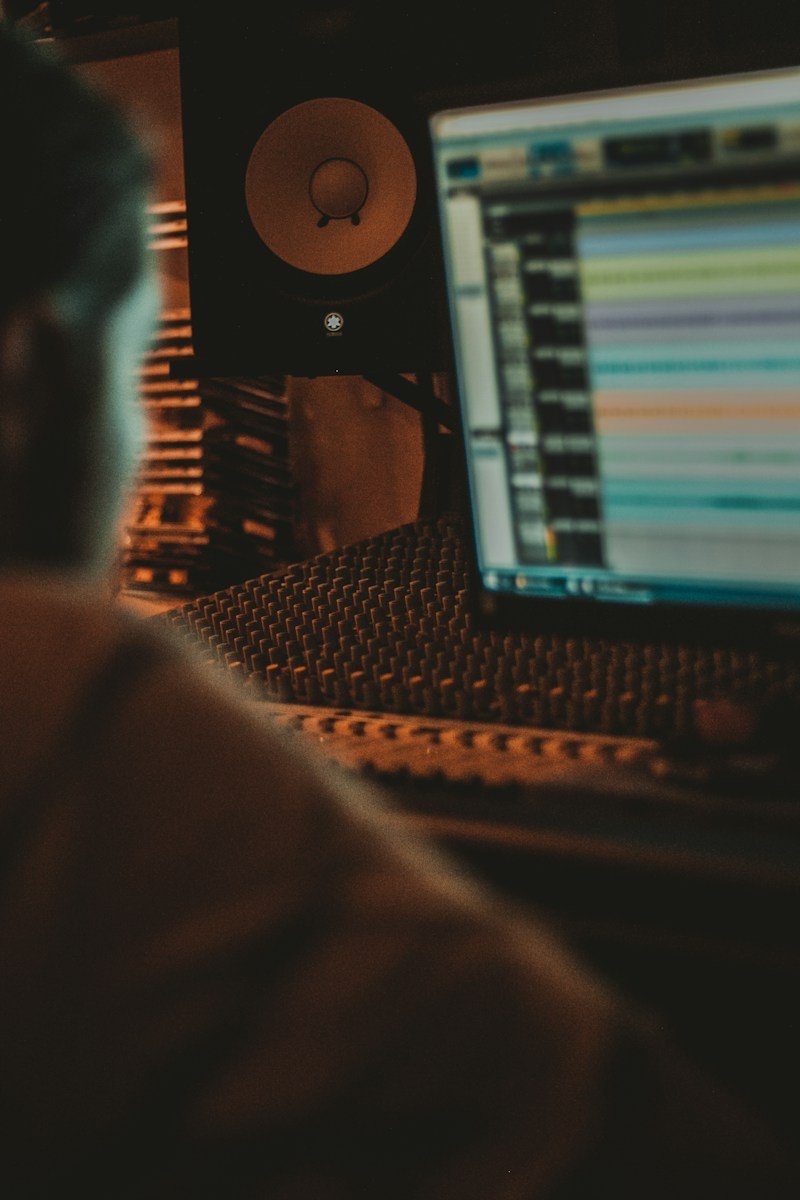You can contact us 24/7support@afroplug.com
US$0.00
100K Clients – Music Tech Founder Guide (No Ads_ No Investors)
Big Bang – Dancehall Shatta Essentials
Murda Reggae
Kompa Plug VST

Get Producer News,Tips, Offers & Freebies
You are a fan of Djembe, the African percussion of reference? Quilcom has what you need, a free quality Djembe VST, an excellent emulation of this African percussion VST
First, what is a Djembe?
A Djembe is an African Percussion instrument consisting of a chalice-shaped wooden shaft on which is mounted a goat or antelope skin stretched with a tensioning system ), which is played with bare hands and whose very wide sound spectrum generates a great richness of timbre. The flared shape of the barrel comes from the shape of the mortar used to pound the grain.
It comes from West Africa, created within the Mandingo Empire, also known as the Empire of Mali, established by Soundiata Keïta in the thirteenth century, which extended from Guinea to the east of Mali, and to the north of the Ivory Coast through Burkina Faso.
The Djembe, called “boté” by the Soussous of Guinea, is part of a polyrhythmic ensemble and is rarely heard alone. The members of this instrumentarium are the doundounba, the sangban, the kenkeni, several accompanying djembes and a solo djembe. Moreover, it is almost inseparable from African dance, whose soloist’s phrases mark the steps.
It was in the 1950s that the djembe began to be exported outside of Africa, thanks to Fodéba Keïta and the African ballets, and then thanks to Guinea and its president Sekou Touré, who set up the national ballet of the republic as a showcase for his regime.
It was in the 1980s that the djembe conquered the world, thanks to great djembefola (players) from the national ballets (Mamady Keïta, the most famous of them, but also Amadou Kiénou, Famoudou Konaté, François Dembélé, Adama Dramé, etc.) who played regularly and founded learning centers in Europe, the United States and Japan.
In the 2000’s, the Djembe was taken out of its traditional context to accompany resolutely modern music. In 2002, the percussionist of the American artist Jason Mraz, Noel “Toca” Rivera, propelled the modernized instrument into pop-rock music with a guitar and djembe duo tour. From 2010, French artist Christina Goh makes the djembe her only basic rhythmic instrument on her albums and concerts. The percussion accompanies electric instruments (guitar, 8-string bass) on blues and afro-rock tracks.
The Djembe is carved out of a single piece of solid wood and has 3 parts :
- The head, where the sound takes shape, faces the sky and is in contact with the skin.
- The voice is a passage, the intermediate part where the sound takes its amplitude and which is the subject of a specific ceremony during its conception.
- The foot, turned towards the earth, is the sound amplifier of the instrument.
Often, soloists add Seke-Seke, a kind of “metal ear” that resonates with the vibrations of the djembe and helps clarify the tone of the skin. Traditionally, djembes are 50 to 60 cm in diameter and are made of lengue wood, iroko, dugura, mahogany, goni, djala, acacia, cola… They are mounted with a shaved antelope, goat, cow and sometimes even camel skin, held together with three metal rings and stretched with ropes.
African masters teach 3 main sounds : they depend both on where the skin is struck and how the hand is positioned:
- “Low” or “Bass” sound : This is a low sound, obtained by striking the central part of the instrument with the whole hand except for the thumb which is raised.
- “Tonic” sound : This is a full sound in the middle frequencies. To obtain this sound, one strikes the edge of the skin with all the fingers together.
- ” Slammed ” sound : It is the highest sound, often considered – wrongly – as the most powerful (nb: with Famoudou Konaté, as with other great djembefolas, it is the tonics that are stronger than the slammed).
In addition to these 3 main sounds, there are others found in the traditional game :
- “Matted” sound : it is the muffled sound, obtained by preventing the skin from vibrating. One of the two hands is placed on the skin (same position as for the bass) while the other strikes. There is therefore the slapped matte and the tonic matte.
the “fla”: This is not a sound as such, but a playing technique used in many pieces. It consists of two strikes very close together in time, almost overlapping and producing a sort of “mini-roll”
Free African Percussion VST : SIM-DJEMBE
Quilcom has created a Djembe simulation that will delight fans of this percussion.In order to get the authentic feel as best as possible, Quilcom has added features to the VST for a natural and acoustic sound rendering.
Features :
- Hand Settings
- Skin Settings
- Reverb
- Room
- Recorder Settings
- Body Settings
Download this Free Djembe VST : here
Categories
Adsense
Do You Need Help ?
support@afroplug.com






